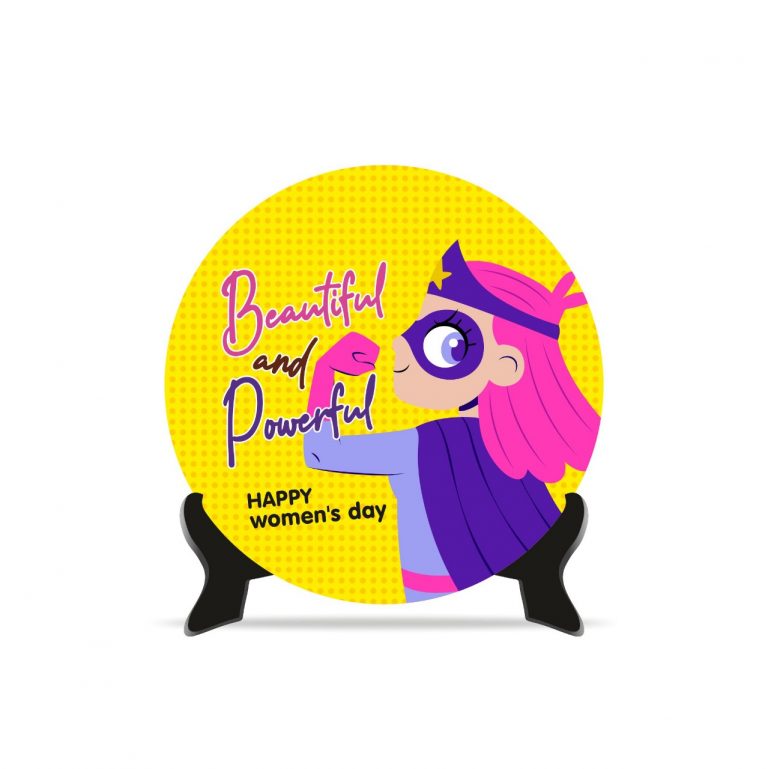Why Engaged Employees Create Loyal Customers-and How Your Company Can Too
Customer loyalty doesn’t begin at the checkout it starts with your people. Discover how engaged, empowered employees can transform customer relationships, elevate brand trust, and drive long-term business success. This article uncovers the real connection between engagement and loyalty.
In today’s competitive marketplace, customer loyalty is more than just repeat purchases, it is a critical driver of sustainable business success. Yet, the foundation of true customer loyalty often lies within the organization itself: the engagement and motivation levels of employees. According to Gallup research, companies with highly engaged workforces experience 81% higher customer loyalty and 23% higher profitability. This underscores that businesses frequently underestimate the powerful ripple effect employee engagement has on customer relationships.
Employee engagement is not simply a human resources initiative; it is a strategic imperative. When employees feel valued, purposeful, and connected, they are empowered to create genuine and memorable customer experiences that help differentiate a brand and build lasting loyalty. These moments of positive engagemen – whether in direct interactions or behind-the-scenes efforts – compound to fuel long-term growth and competitive advantage.
Visual storytelling also plays a key role in amplifying these connections. Carefully selected stock photos that showcase authentic human interactions can enhance brand narratives, making the linkage between employee efforts and customer satisfaction more tangible in digital and print channels.
-
Start from Within: Recognize and Reward Employees
Organizations that excel in customer loyalty invariably prioritize internal recognition programs. Positive reinforcement through awards, peer recognition, bonuses, or milestone celebrations cultivates a motivated workforce. Research from Deloitte shows that organizations with effective recognition programs have 31% lower turnover and 12% higher customer satisfaction scores.
Recognition creates a sense of pride and belonging, which translates externally as employees bring enthusiasm and commitment to customer interactions. Small gestures—such as personalized thank-you notes, spotlighting employee achievements in company communications, or organizing seasonal contests, signal that the company invests in its people. This investment fuels discretionary effort, the often invisible ingredient behind exceptional service and memorable customer experiences.
-
Promote “Employee-to-Customer” Storytelling
Storytelling is one of the most powerful ways to humanize brands, both internally and externally. When employees share authentic experiences, such as overcoming a customer challenge or collaborating on an innovation, they reinforce the brand’s human dimension. Harvard Business Review highlights that storytelling fosters stronger emotional connections within organizations, helping employees find purpose and meaning in their work while strengthening trust and alignment across teams.
Internally, encouraging employees to share these stories on company channels builds pride and community; externally, authentic narratives create transparency and relatability that enhance customer loyalty. Customers are more likely to engage with brands that communicate through real, human stories—because behind every satisfied customer is an engaged employee whose story inspires that connection.
-
Empower Employees to Personalize Experiences
Customer expectations have evolved to demand personalized, seamless service. Empowering employees with the authority and information needed to customize experiences is critical to meeting this demand. A 2024 PwC study found that 75% of customers are more likely to purchase from a company that recognizes them by name and provides relevant recommendations.
Employee autonomy is a key engagement driver. When frontline teams have decision-making power, such as offering tailored discounts, surprise gestures, or immediate problem resolution without lengthy approval chains, employees act with confidence and creative problem-solving. Customers intuitively recognize this authenticity and reward it with greater loyalty and positive word-of-mouth referrals.
Investing in training and technology to enable real-time, data-driven personalization makes this empowerment feasible and scalable across channels.
Related Posts
-
Create a Two-Way Feedback Loop
Organizations that integrate meaningful customer feedback into employee development create stronger cultures and deliver more consistent service quality. Harvard Business Review notes that the greatest impact of customer feedback comes when results are shared immediately with employees who served those customers and when those employees are empowered to act on them. This transforms feedback into a dynamic tool for learning rather than a static evaluation.
A well-designed feedback loop ensures that both customer praise and concerns are communicated promptly, turning insights into collaborative problem-solving opportunities. This participatory approach cultivates accountability, transparency, and continuous improvement. When employees experience firsthand how their actions influence customer satisfaction, they become more invested in refining the customer experience and their own growth.
Gallup’s research confirms that highly engaged teams deliver 14-18% higher productivity, 10% greater customer loyalty, and 23% stronger profitability compared with less engaged peers. Leading companies strengthen this connection by using digital platforms that capture and analyze customer data to provide real-time insights, enabling timely recognition, personalized coaching, and data-informed development.
-
Build Shared Experiences Between Teams and Customers
Creating opportunities for customers and employees to interact beyond transactional moments deepens emotional loyalty. Joint celebrations such as exclusive customer appreciation events featuring employee recognition, or campaigns showcasing frontline team members, foster a community feeling.
These shared experiences align internal culture with external brand identity. Customers appreciate feeling part of a brand story rather than just passive recipients of service. Employees, in turn, develop a stronger purpose from seeing the direct impact of their efforts on customer happiness. The result is a virtuous cycle of engagement and loyalty that is difficult for competitors to replicate.
-
Align Internal Culture with External Perception
A company’s reputation in the market often mirrors its internal culture. Organizations that foster employee engagement, where people genuinely want to work—tend to enjoy stronger customer loyalty and retention. Gallup’s analysis of 49 publicly traded companies found that those with a critical mass of engaged employees achieved earnings-per-share growth 147% higher than their competitors during the post-recession recovery period.
Employees who take pride in their workplace naturally convey authenticity and confidence across every customer interaction, whether over email, phone, or in person. This consistency strengthens brand trust, influencing buying behavior and fostering repeat business. Sustaining such alignment requires intentional leadership, transparent communication of company values, and continuous investment in employee well-being-creating a powerful internal-external synergy that drives lasting market differentiation.
Final Thoughts
The interdependence of employee engagement and customer loyalty represents a strategic nexus for modern businesses. Prioritizing employee experience is not only a moral imperative but also a powerful driver of customer retention, revenue growth, and brand equity.
By embedding recognition, empowerment, storytelling, and continuous feedback into organizational practices, companies create a vibrant culture from which customer loyalty naturally emerges. These efforts are amplified when reinforced visually through thoughtful imagery that resonates with audiences both inside and outside the company.
In an era where consumer choices abound, organizations that foster engaged employees position themselves to deliver exceptional experiences that draw customers back again and again. Such alignment is the sweetest and most sustainable formula for competitive advantage.










